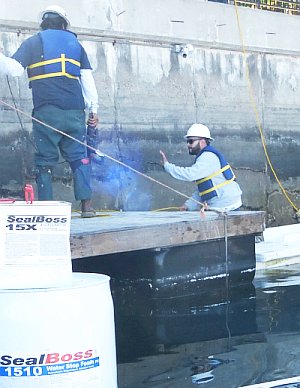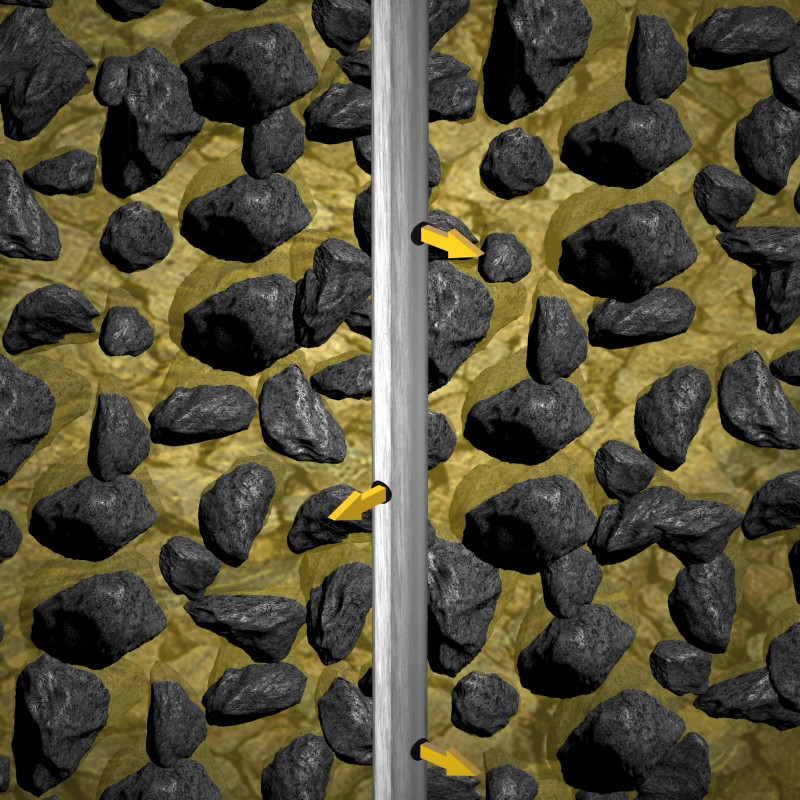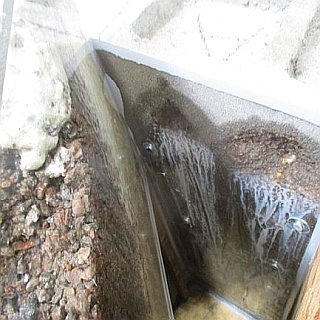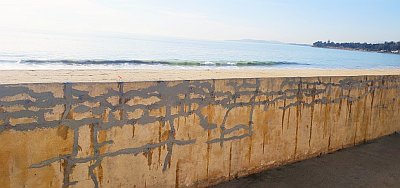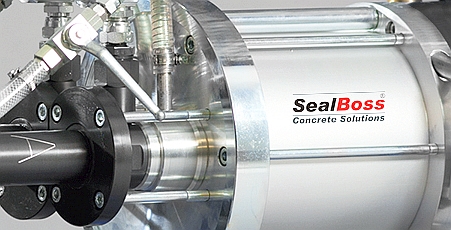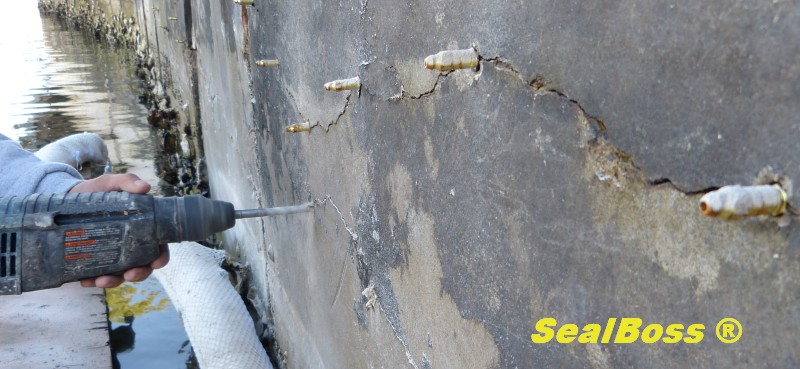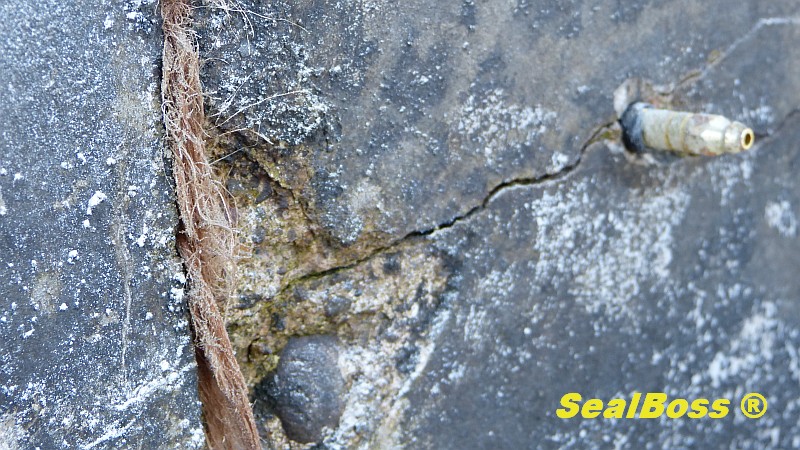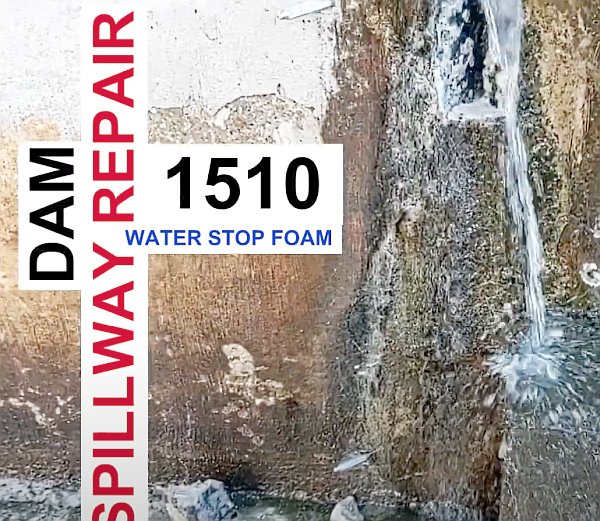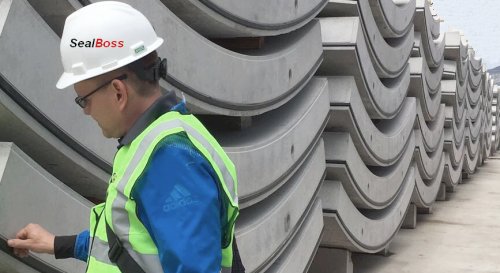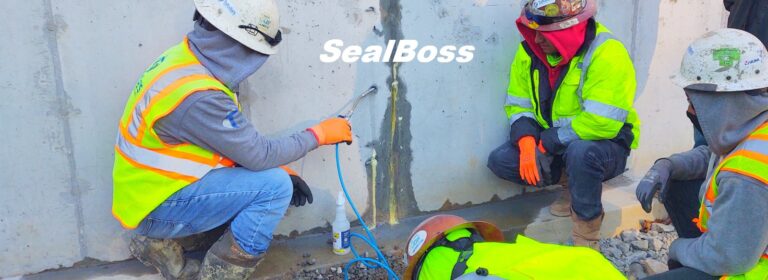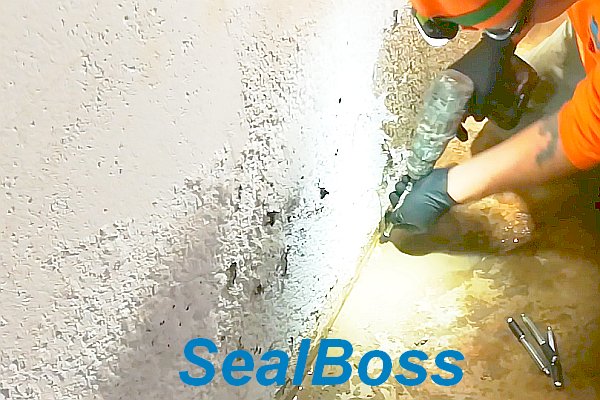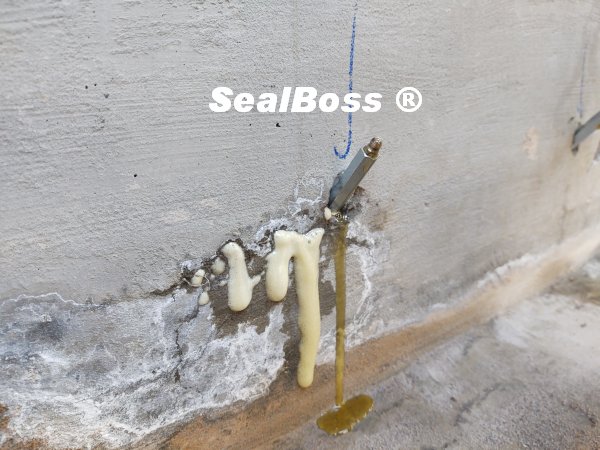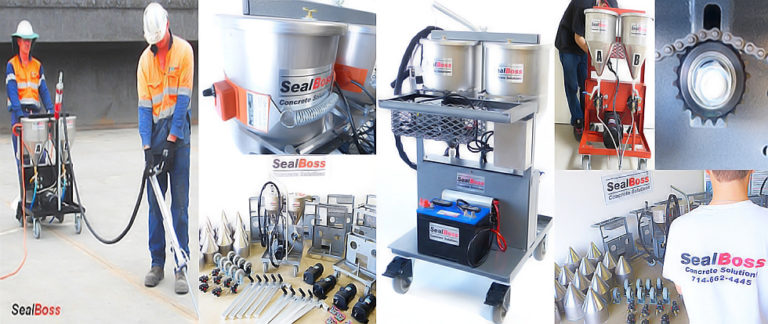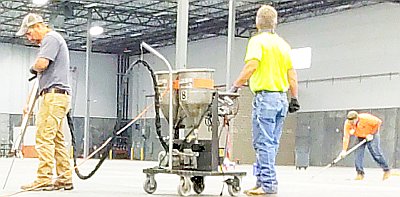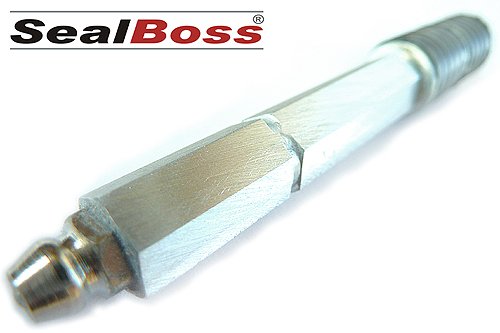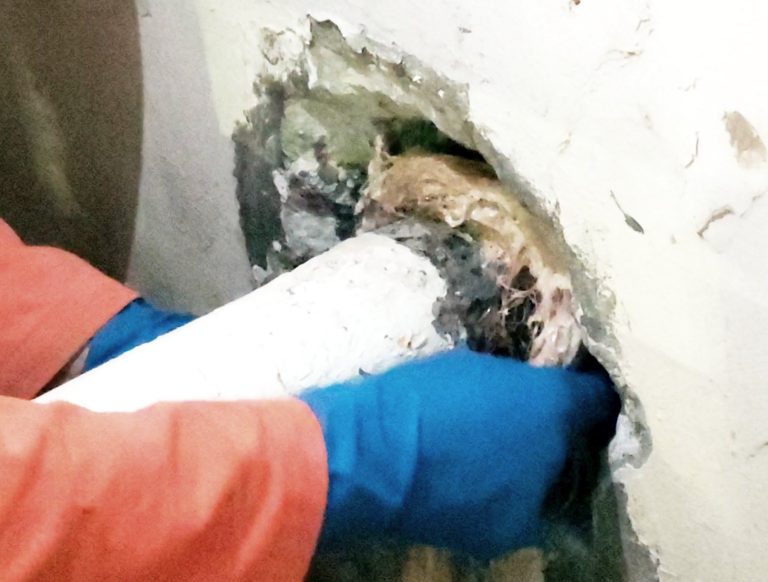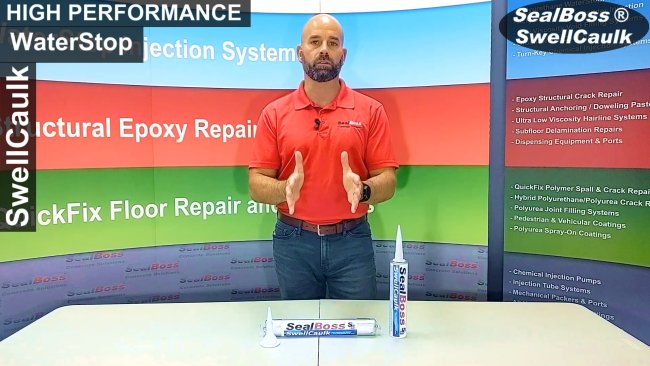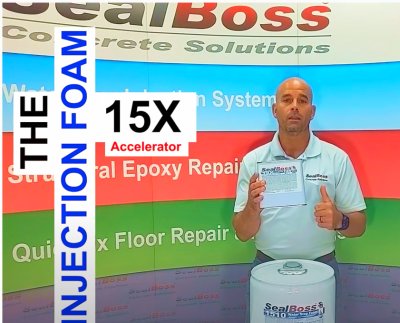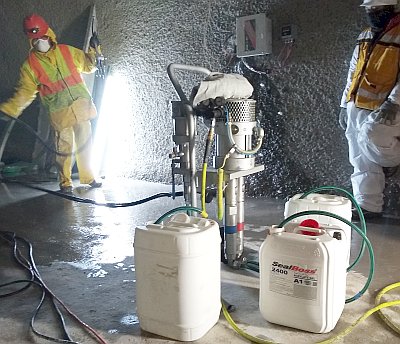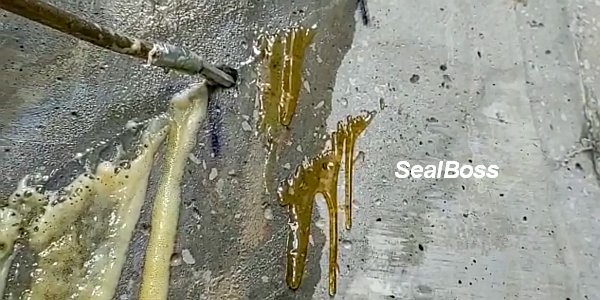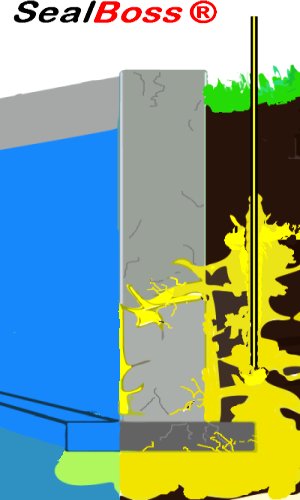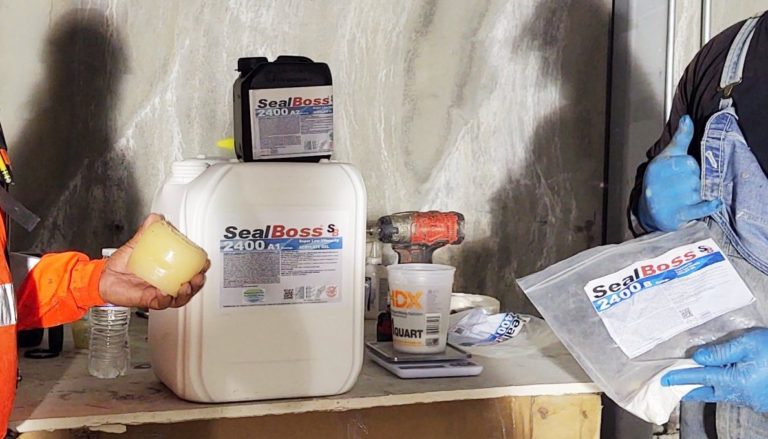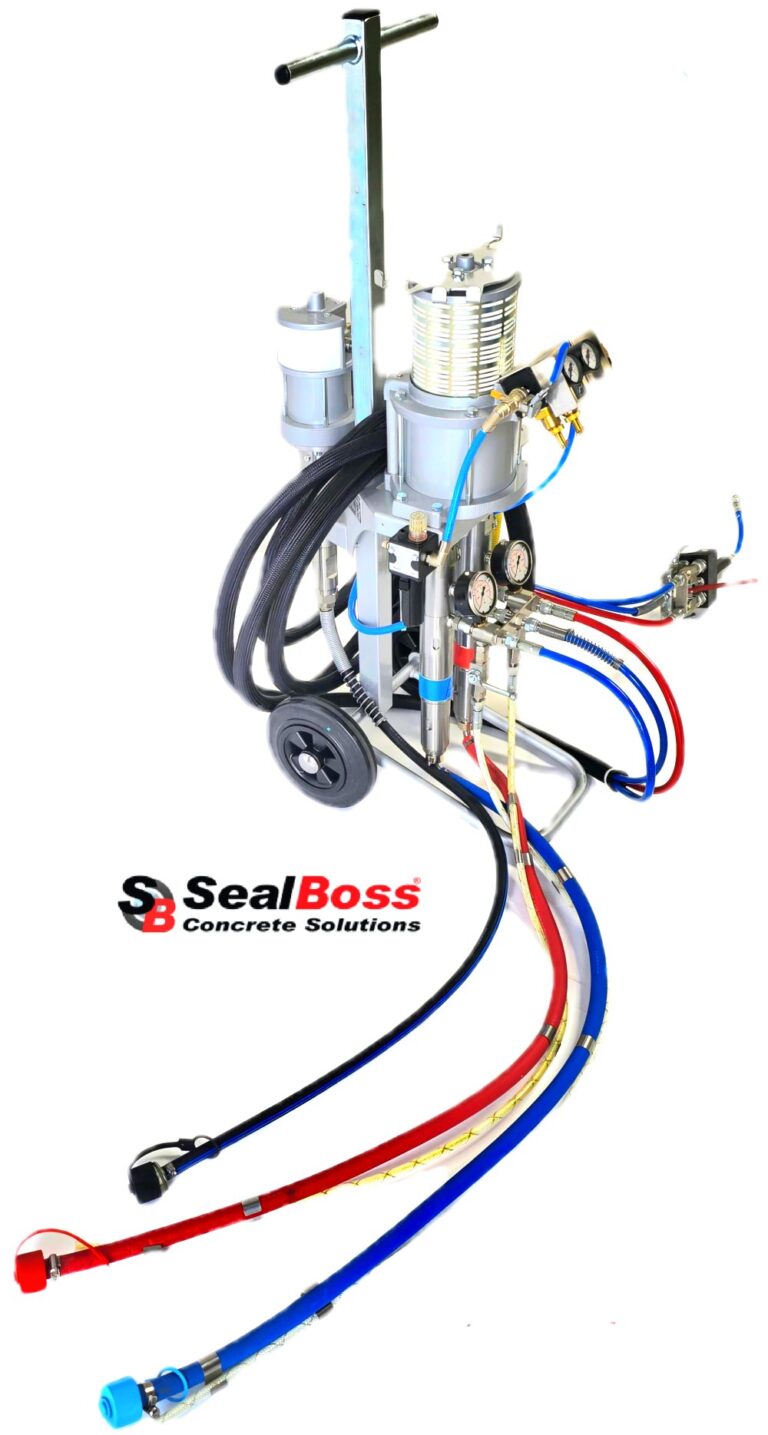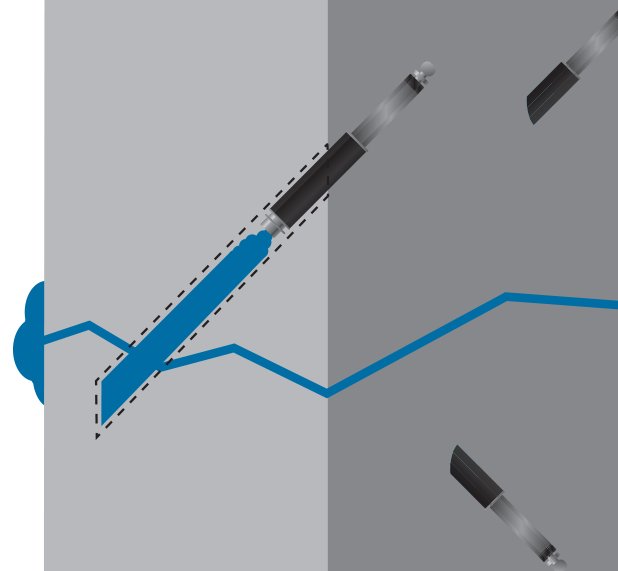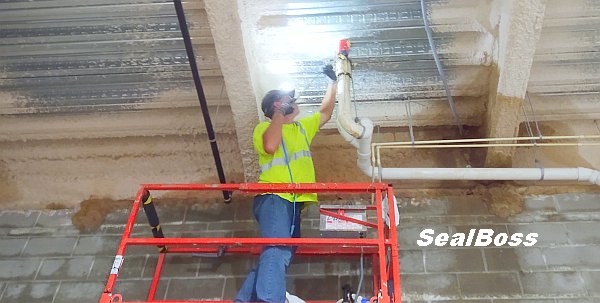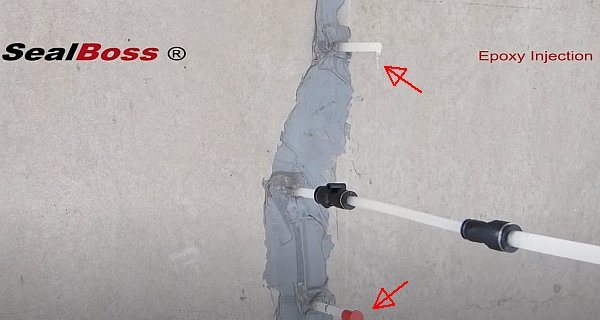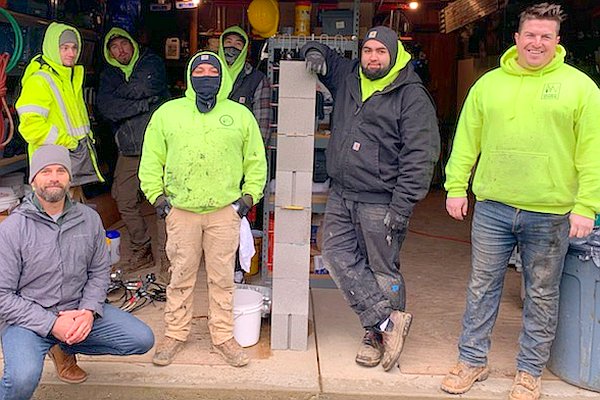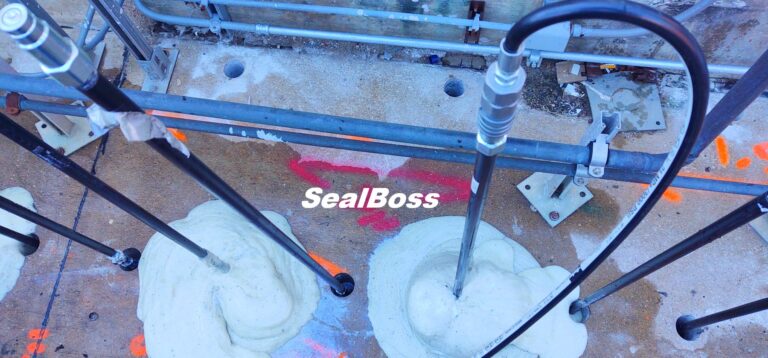Seawall Repair
Comprehensive Repair Systems
for Commercial and Residential Seawalls
Seawalls serve as guardians of our coastlines, protecting against the ocean’s force while shielding properties by bays, rivers, and lakes. Yet, their resilience is tested by the ceaseless tides and natural elements, leading to gradual wear over time.
Regular repair and maintenance are essential to keep seawalls in good working order, ensuring their longevity and continued effectiveness in safeguarding both natural and developed areas against erosion and flooding.
Seawalls serve as guardians of our coastlines, protecting against the ocean’s force while shielding properties by bays, rivers, and lakes. Yet, their resilience is tested by the ceaseless tides and natural elements, leading to gradual wear over time.
Regular repair and maintenance are essential to keep seawalls in good working order, ensuring their longevity and continued effectiveness in safeguarding both natural and developed areas against erosion and flooding.
SealBoss Seawall Repair Methods Introduction:
Seawall Failures and Effective Seawall Repair Strategies
Over the passage of time, even the sturdiest seawalls can exhibit cracks, becoming susceptible to water penetration. In certain scenarios, the very foundation of the seawall might shift due to the erosion of its supporting substrate. Proactively identifying and rectifying these concerns can stave off escalated damage, ensuring the seawall remains a steadfast defense against water and erosion.
Whether for private residences or commercial establishments, many seawalls are crafted with similar design principles.
Their upkeep and restoration can be effectively managed using hydro-active, hydrophobic polyurethane foams for leak-sealing and water-stopping, as well as two-component or dual-component polyurethane foams for void-filling, elevation, and support of foundations and bulkheads.
When it comes to repairing structural concrete damages and concrete spalls in seawalls and marine piles, epoxy injection resins and epoxy paste adhesives can be a reliable option.
These resins can provide long-lasting reinforcement to the affected area, helping to ensure that the seawall or pile can continue to withstand the stress and impact of waves and tides.
Additionally, the use of professional-grade equipment and accessories tailored to the specific conditions of each seawall repair is essential for ensuring both the quality and longevity of the restoration. This specialized equipment helps optimize the application of repair products, such as polyurethane foams and epoxy resins, ensuring they perform as intended in sealing leaks, filling voids, and stabilizing structures. By employing the right tools, contractors can address the unique challenges posed by each seawall’s environment, contributing to more effective, durable repairs that prevent future erosion, water ingress, and structural failure.
Understanding why seawall failure occurs and taking timely steps to prevent further damages is important to protect your land and any structures that may be impacted by ingress of water and shifting soils.
SealBoss Corp. has been providing concrete solutions and systems for seawall repair since 1988. With decades of experience, the company offers a range of proven methods designed to tackle various challenges, ensuring long-lasting protection and stability for both residential and commercial seawall structures. By combining high-quality products with professional expertise, SealBoss continues to be a trusted partner in seawall repair and maintenance.
Why Do Seawalls Fail?
Causes & Warning Signs of Seawall Failure
- Poor Maintenance | Lack of Inspection to Detect Problems Early
- Erosion, Washout, Sinkholes
- Footing, Bulkhead Shift Due to Erosion
- Cracks and Expanding Cracks in Seawall
- Rust & Corroded Rebar Expansion
- Drain Failure
- Environmental Factors – Natural Disasters
Regular and Proactive Inspections and Maintenance: A Key Strategy to Prevent Seawall Damage
Executing frequent inspections and prompt maintenance are integral to extending the lifespan of your seawall. These preventative measures can save you from costly repairs in the long run by addressing potential issues before they escalate.
A significant issue you may encounter is the clogging of drain and weep holes. These are crucial components in the seawall’s design as they allow water accumulated behind the wall to drain. If clogged, water will build up, leading to added stress on the seawall and potential damage. This accumulation of water can soften and loosen the soil behind the wall, which could increase pressure and raise the water table. Such conditions might result in the formation of cracks in the seawall structure, thus creating new, unintended pathways for water flow and consequently causing soil erosion.
Understanding the Implications of Soil Erosion due to Accumulated Damages
Water migration through these new pathways, cracks, voids, and defects can lead to a gradual weakening of the seawall. As the wall undergoes consistent damage and erosion, its foundation may lose support and shift. This can be particularly problematic because soil erosion has the potential to create sinkholes. These sinkholes can further collect water, accelerating the decay process and potentially leading to the seawall’s failure.
Hence, regular inspection and maintenance can help identify early signs of soil erosion and structural damages, thereby preventing severe consequences and ensuring the longevity of your seawall.
Seawall, Bulkhead, Revetment Repairs:
Advanced Polymer Systems and Specialized Equipment Solutions
Seawall Insights: Lifespan, Costs, and Innovative Repairs
Seawalls are meticulously designed for specific functions. However, many seawalls have a lifespan of just 25 – 50 years, and possibly less without inspections and maintenance.
Depending on the location, the cost of replacing a deteriorating seawall can range from $200 to in excess of $1000 per foot, prompting many homeowners to seek alternative solutions.
Fortunately, available repair solutions allow for addressing signs of seawall distress early on. The use of polyurethane grouts and epoxy resins can effectively seal leaks, fill voids, stabilize surrounding soils, and provide structural repairs where needed.
Seawall Repair Techniques Used For Seawall Restoration
Seawall repair procedures and techniques include polyurethane crack injection, soil stabilization injection grouting, permeation grouting, structural support and void fill grouting, as well as structural epoxy injection.
By reinforcing, sealing, and repairing seawalls, you can not only maintain their structural integrity but also considerably prolong their lifespan.
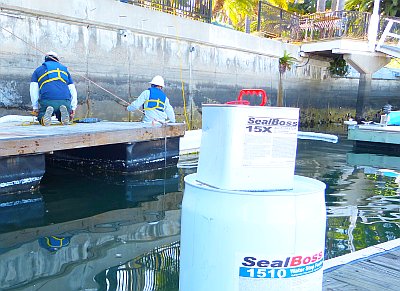
SealBoss Offers a Suite of Advanced Seawall Repair Systems and Products tailored for Seawall Rehabilitation
We offer specialized products and systems designed to stop water intrusion, seal gaps, mend leaks, fix cracks structurally, fortify unstable soil, and support compromised foundations for comprehensive seawall and bulkhead repair.
Prolong the lifespan of your seawall for many more years, all at a cost significantly lower than a complete replacement.
Polyurethane Foam Injection Technology
Delivering unmatched robust performance in challenging and wet conditions, polyurethane injection grouting presents a comprehensive array of repair solutions, featuring a variety of grouts and application methods.
Depending on the specific need, these methods can be combined for optimal results. Among the prominent techniques are:
- Crack Injection and Curtain Grouting: These methods are used to stop water flow, seal cracks and crevices, prevent general water ingress and further deterioration and erosion
- Soil Stabilization and Permeation Grouting: By solidifying the soil around the seawall, this technique ensures a stable foundation, reducing the risk of shifts or collapses. This process involves injecting grout into the soil to reduce its permeability, thereby preventing erosion and water infiltration
- Structural Support and Void Fill Grouting: Voids or gaps behind or beneath the seawall can compromise its stability. This technique fills these voids, ensuring the seawall remains firm and upright.
Epoxy Resin Seawall Repair Technology
Specially designed to provide structural strength repairs to concrete cracks and spalling damages, epoxy injection provides sustained structural reinforcement to the vulnerable portions of seawalls, concrete dock posts, and other maritime structures that manifest signs of gradual deterioration. Primarily utilized above the water table.
- Epoxy Patching and Injection: Filling, sealing of crack and voids, and providing structural adhesive strength to concrete structures.
Seawall Repair Equipment
Adequate product delivery and application equipment is vital, as it ensures repair materials are
accurately and efficiently injected and delivered at the necessary pressures, achieving the desired penetration and comprehensive repair.
- Injection Pumps, deliver repair materials like polyurethane grouts and epoxy resins to damaged areas
- Injection Packers, connect the pump to the seawall and ensure material delivery
- Injection Soil Lances and Needles, treat and stabilize the surrounding soil
- Seal Oakum, to assist in sealing larger cracks, voids, and stop high velocity water flow
By leveraging these products and techniques, one can ensure that seawalls remain robust and resilient against the challenges posed by nature and time.
When to Use Polyurethane Foam Grout for Seawall Injection Repairs
Enter polyurethane foams, a game-changer in seawall repair. These lightweight injection resins offer a multi-pronged solution: they seal leaks, fill voids, mix with soil to create a solid, impermeable mass, and support footings and foundations.
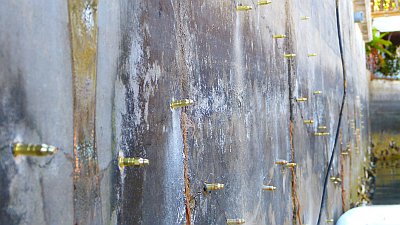
Understanding the Applications of Single Component Hydro Active Foams for Seawall Repair by Injection
- SealBoss 1510 Polyurethane Foam
is a single component foam, it excels in sealing cracks and offers impressive soil penetration and stabilization properties. It is activated by an accelerator and is particularly effective for soil permeation and consolidation.
Used for crack injection to stop water flow, seal leaks and fill voids, curtain grouting to seal any gaps between structures and their surrounding substrates, and for soil permeation and stabilization, ensuring the firmness of the substrate, footing, and the entire structure – this versatile, single-component, accelerator controlled, hydrophobic polyurethane foam is activated upon contact with water.
During the reaction phase, SealBoss 1510 infiltrates deep into the cracks or surrounding soil. This permeation helps seal all voids and fissures, simultaneously stabilizing and anchoring any loose substrate. This feature makes it an ideal solution for maintaining structural integrity and preventing water damage.
Other SealBoss Hydroactive Foams, Resins, and Gels to Consider:
- SealBoss 1570 and 1570LV flexible hydrophobic foams
- SealBoss 1403 super low viscosity PU resin
- SealBoss Flexgel hydrophilic gel
- SealBoss 2400 ultra low viscosity acrylate gel
Filling Seawall Foundation Voids – Strengthening Seawall Foundations
Understanding the Applications of Plural Component / Two Component Foams for Seawall Repairs
- SealBoss 1640
is a two component, structural foam, best suited for filling voids behind and underneath structures, especially in larger aggregate environments.This robust foam offers formidable support, playing a pivotal role in strengthening the seawall’s stability. Yet, it is vital to recognize its constraints: while adept at gap-filling, it is less suited for permeating soil.
SealBoss 1640 can exert significant pressure and lifting forces. Thus, a thorough understanding of your seawall’s specific conditions and needs is imperative before deploying this product. When applied within its recommended parameters, SealBoss 1640 can be potent ally in fortifying seawalls, enhancing their durability and prolonging their operational life.
Other SealBoss Two Component Foam to Consider:
When to Use Epoxy Crack Injection for Seawall Repairs
Resilient epoxy injection resins are used for structural crack repairs in seawalls and marine piles. Cracks are often present in areas that are above the water table and should be preferably dry at the time of application.
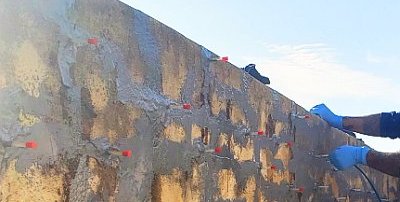
Understanding the Applications of Epoxy Resins and Epoxy Paste for Structural Seawall Repairs
- SealBoss 4040
Low Viscosity Epoxy Injection Resin is our standard resin, suitable for most concrete restoration projects. It’s an outstanding choice for structural repairs on seawalls, concrete dock posts, and various harbor infrastructure showing signs of deterioration, cracking, or spalling. This versatile epoxy resin proficiently seals and repairs cracks, significantly enhancing the structural integrity and durability of concrete marine installations. - SealBoss 4050 SLV
Super Low Viscosity Epoxy Injection Resin is our specialized solution for concrete restoration where deep penetration is required, particularly in extremely fine cracks. Similar to our standard 4040 resin, SealBoss 4050 is ideal for seawalls, concrete dock posts, and other harbor infrastructure showing signs of deterioration, cracking, or spalling. Its super low viscosity allows it to penetrate the smallest cracks effectively, providing a durable seal that reinforces the structural integrity of concrete marine installations.
- SealBoss 4500
is our fast-setting, high-modulus structural epoxy paste adhesive, specifically suited for seawall repairs and other concrete restoration projects. This versatile paste is ideal for surface sealing of concrete cracks and securing surface-mount ports before epoxy injection.
For smaller jobs, we also offer epoxy resins and other professional-grade products in convenient dual cartridges, providing an efficient alternative to bulk materials while maintaining the same quality and reliability.
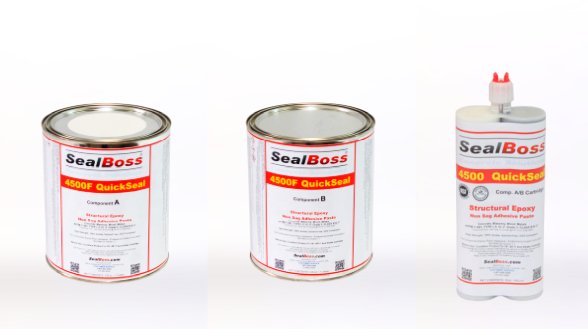
What SealBoss Equipment Do I Need For Seawall Repairs?
For seawall repairs, we recommend the SealBoss Injection Packer and Surface Port System for targeted crack repair. These tools allow for precise resin injection, ensuring proper sealing and structural integrity. For permeation grouting and soil stabilization, our Injection Lances and Grout Injection Needles are ideal for reinforcing weak soils and stabilizing the surrounding area.
SealBoss also offers a wide range of injection pumps, from manual to high-pressure models, designed to handle various resin types and viscosities, ensuring accurate and efficient material application. This combination of equipment delivers reliable, long-term results for seawall repair projects.
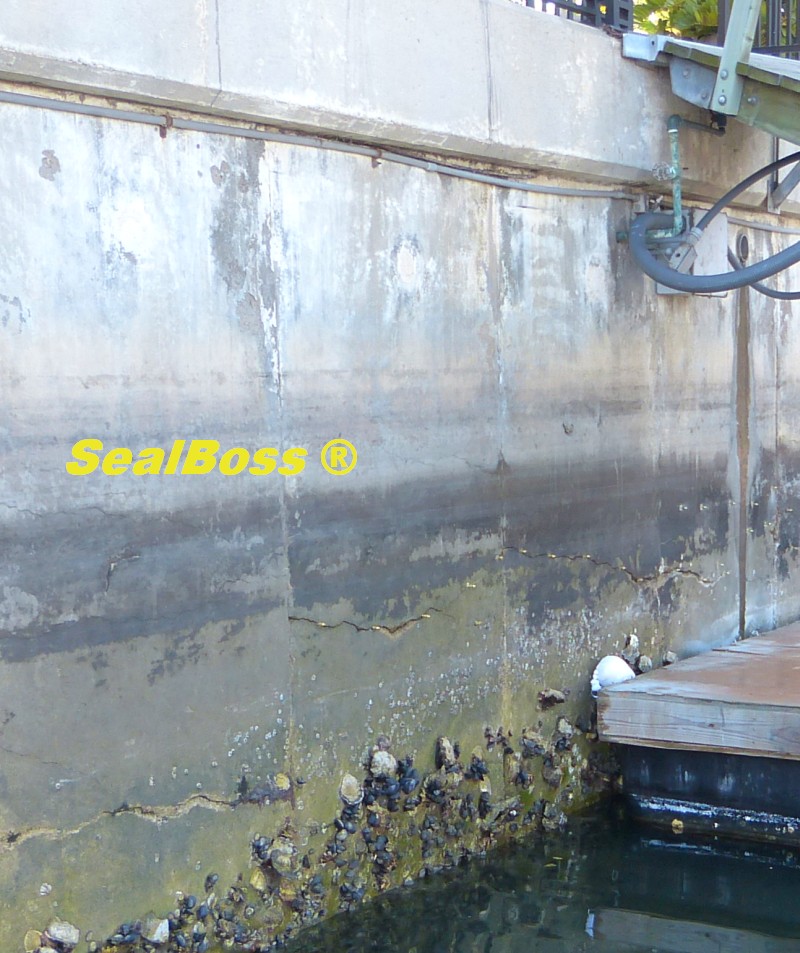
SealBoss System Equipment and Accessories for Seawall Repairs
- Injection Pumps:
SealBoss® offers a wide range of professional-grade, proven pumps tailored to meet your seawall repair injection needs. Selecting the right pump depends on several factors, including the size of the job, the components of the product, and the specific material properties.
SealBoss provides a variety of pump designs, including piston and membrane models, available with electric, pneumatic, drill-operated, or hand-powered options. Whether you need a pump for single-component, two-component, or plural-component applications, SealBoss has the ideal solution for your project.
- Injection Packers:
We offer a broad selection of packer materials, diameters, lengths, as well as various ball and valve designs, ensuring the perfect fit for your specific seawall repair needs. Packers are the essential link between the injection pump and the seawall, guaranteeing secure and efficient delivery of repair materials to the target area. Both mechanical injection packers and injection ports are vital for a successful injection process.
At SealBoss, we are dedicated to providing one of the most comprehensive and versatile selections of injection packers in the industry, delivering reliable solutions for projects of all sizes and complexities.
- Injection Soil Lances and Grout Injection Needles:
Specifically engineered for soil injection, soil grout lances are designed to penetrate deep into the ground, ensuring the repair material reaches the necessary depth. Connected to a pump or pressurized system, the lance delivers the polymer solution directly to the targeted area. Once inserted into the ground at the desired depth, the polymer is injected. Both the pressure and flow rate can be adjusted according to the soil type and the project requirements, ensuring optimal stabilization and long-lasting results.SealBoss Injection Needles are designed for specialized grouting applications, enabling precise product delivery into soil substrates through a small opening, as well as for use in the Oakum Soakum Injection Technique and more. These versatile needles are suitable for a wide range of grout types, including polyurethane (PU), epoxy (EP), polyacrylate, and silicate grouts, ensuring effective application across diverse projects.
- Seal Oakum:
Soakable Oakum is specifically designed to absorb SealBoss Water Stop Foam products and injection grouts, ensuring they stay securely in place to create an effective barrier in larger openings with active water infiltration. As a carrier medium for hydro-active foam resins, Soakable Oakum is ideal for sealing leaks in wide gaps. It can help to slow down substantial water flow, giving the injection foam time to fully cure, resulting in a durable and watertight seal that protects against further leakage.
Podcast:
Seawall Repair Discussion and Valuable Information
Podcast with Seawall Repair Contractor
In this podcast, two industry professionals talk about grout injection and seawall repair with single and dual component polyurethanes. The procedures discussed cover general injection grouting procedures, including erosion control, permeation grouting and seawall support and footing stabilization.
SealBoss can connect you with experienced foundation and polymer injection specialists, trained in the SealBoss system, who specialize in seawall repairs and maintenance, using the full spectrum of SealBoss Systems. Reach out to a local contractor for structural stabilization, geotechnical soil injections, or leak sealing services, and lower your costs on seawall and bulkhead repairs.





























